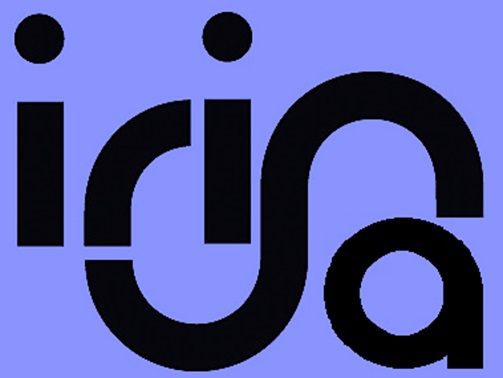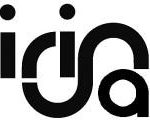Architecture tools
This organization, leader in its field, had started a strategic program to share research data from various labs across Europe and the US and real world from various client engagement initiatives. The main goal was to enable translational research and introduce advanced analytics. Another was to better understand information flows and their supporting systems in order to improve information governance (including personally identifiable data). A third was to enable identification of application simplification simplification and rationalization opportunities. Initiatives were ongoing to support the first and to some extent the second aspect.
We were approached to propose options to integrate governance and management of the application landscape.
The expectation was that this would enable a clear understanding of which applications supported each business capability, who owned them, what change was impacting them and the business data that they were mastering or processing.
(Case Study)

Solutions proposed
Two types of solutions were considered:
- Enable a single tool or integrate various tools to manage all the relevant information models and viewpoints
- Enable a federated model to accommodate different operating models in each division. This would realistically include integration with legacy architecture tools to manage division level enterprise architectures.
In either case, an assessment of the capabilities, the use cases and the current state of EA tools was needed. In parallel, options for future toolsets that could address the gaps and opportunities and implementation roadmaps were needed.
Client contribution
The first and fundamental step was to gain agreement for the vision for an integrated IT delivery capability (from concept to strategy to business capability).
The client then identified one of their divisions as a potential candidate for a pilot. Landscapes, conceptual metamodels and other elements of that enterprise architecture were shared prior to the engagement.
The sponsor also made introductions to architecture and operational teams that were responsible for automation needs from other divisions. The operational teams were using ITSM and were planning a major upgrade of the ServiceNow CMDB tool that the EA tool would need to integrate with.
A client program manager owned the EA Tool modernization initiative from start to end.
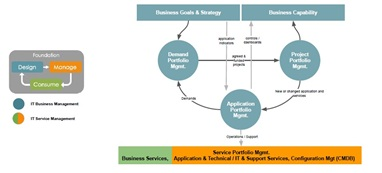
Outline
The client asked us to assess the application landscape of one of their divisions (that was relatively self-contained) and then start to engage in the target architecture of major change programmes. The intention was to run a pilot based on a system that could be extended to manage the wider cross-divisional enterprise architecture.
Key steps included:
- Map use cases and architecture stakeholders
- Creating initial architecture artefacts like cataloguing of business, application, information assets, etc
- Updating an integration catalogue with the current and planned information flows
- Identify candidate tools
- Engage team to implement the pilot and develop and test the governance
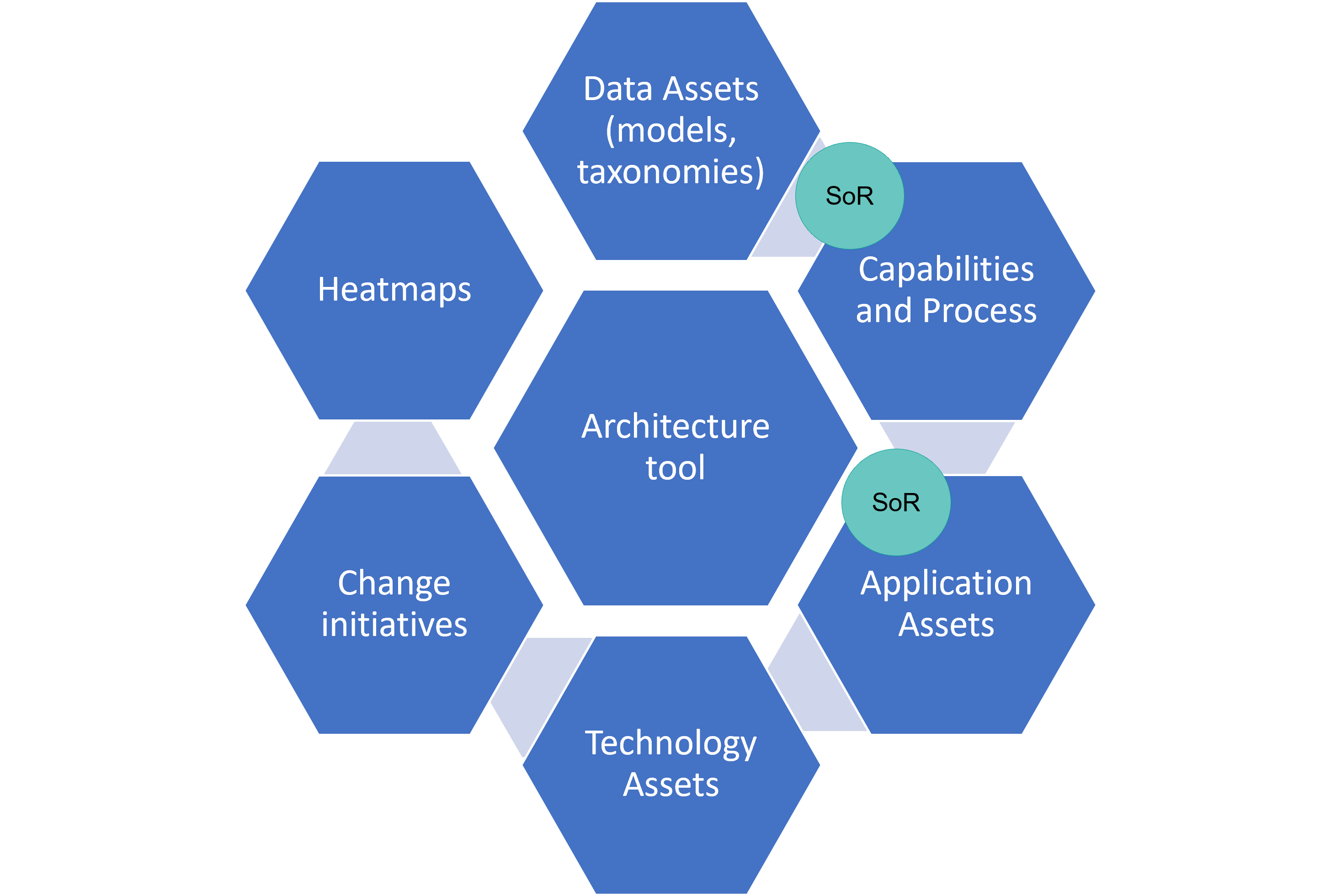
Preliminaries
This included analysis of the documentation of the current architecture, key goals and stakeholder interviews, to gain an initial understanding of pain points and opportunities.
Deliverables
Key deliverables included:
- Use cases and personas
- Metamodel
- Catalogues, views, models and diagrams of business, application, information, technology aspects
- Updated integration catalogue (current and planned)
- System design and deployment
- System risk assessments, security controls, residual risks
- Delivery of prototype
- Delivery of pilot and governance evaluation report
Ultimately, a simplified and agile architecture toolset was deployed, incorporating discovery and survey increasing confidence in the currency of the data.
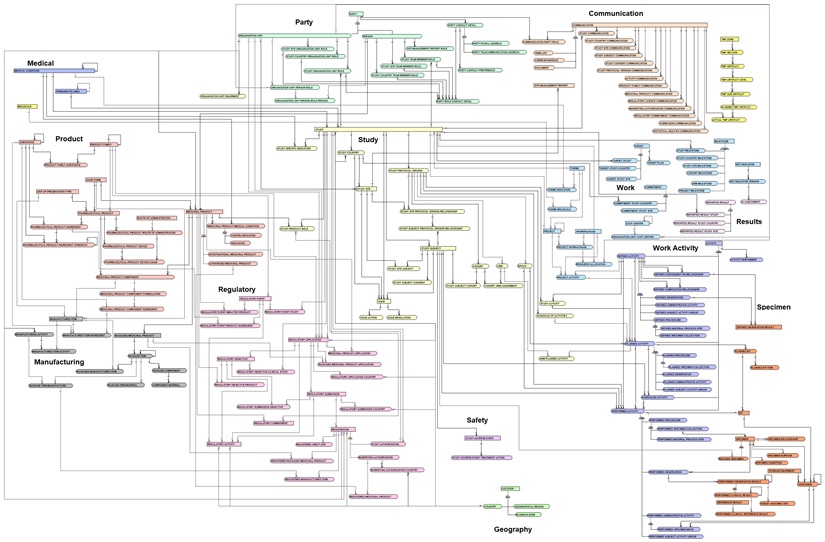
Requirements
The client had a very capable architecture competency and mainly required an independent resource to keep a user perspective and enable the final toolset to be more usable, with improved data quality.
The overall engagement was over 3 years.
Outcomes and next steps
Many benefits, including:
- meeting new Schrems II requirements (understanding of information flows)
- provide visibility of where several business areas had independently licensed the same vendor products
- be able to understand the implications of alternative business strategy and scenarios on the application portfolio
- a by-product of the project was to enable the identification of infrastructure still allocated to applications but that was no longer relevant to the business
Examples of initiatives subsequently possible:
- identification of overlaps of application capabilities and prioritization of rationalization opportunities
- assessment of business criticality of application with a sound basis on dependencies and the associated business data
- sustainable reduction of application and infrastructure maintenance
